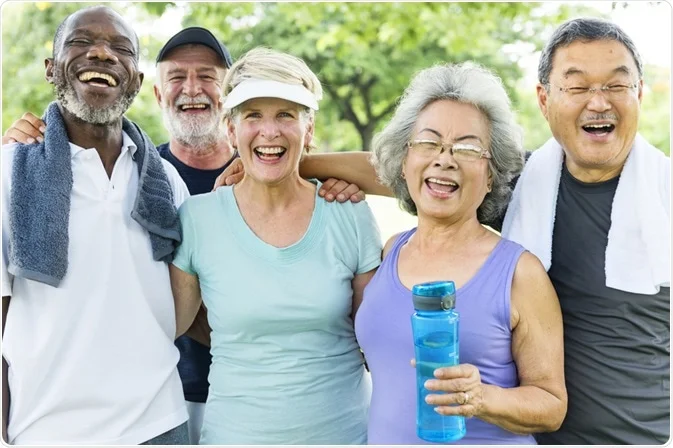Embracing Healthy Aging: The Role of Social Determinants in Elderly Well-being
In an aging society, the health and quality of life of older adults are not merely matters of personal health choices but are deeply influenced by the social determinants of health (SDOH). As outlined by
Healthy People 2030, these determinants encompass the environments in which we age—how we live, work, and socialize—and fundamentally shape our well-being as we grow older.
Understanding the Social Determinants of Health
SDOH are pivotal factors that play a crucial role in shaping health outcomes across the lifespan, especially for the elderly. These determinants are broadly classified into five key domains:
1. Economic Stability: Financial security affects access to healthy food,
quality healthcare, and safe living conditions.
2. Social and Community Context: Strong social networks reduce risks of isolation and related health problems like dementia and depression.
3. Education Access and Quality: Better education improves health literacy, empowering older adults to make informed health decisions.
4. Healthcare Access and Quality: Easy access to quality healthcare prevents many diseases and manages existing conditions more effectively.
5. Neighborhood and Built Environment: Accessible and safe neighborhoods encourage physical activity and independence among older adults.
Healthy People 2030: A Strategic Framework
Healthy People 2030 offers a strategic framework to address these determinants with specific objectives designed to improve the lives of older adults. Through initiatives such as reducing food insecurity, promoting social cohesion, enhancing digital health literacy, and ensuring accessible healthcare, the framework recognizes the intricate link between social conditions and health outcomes.
Practical Initiatives for Healthy Aging
Several practical examples illustrate how local organizations can leverage Healthy People 2030 to support elderly health:
– Nutrition and Food Security: In rural areas, where older adults are at a higher risk of food insecurity, programs like home-delivered meals or partnerships with local restaurants can ensure access to nutritious food without the stigma of needing assistance.
– Social Cohesion: Programs that encourage intergenerational interaction not only combat loneliness but also enrich the lives of both young and old, fostering a sense of community and mutual respect.
– Digital Health Literacy: Training and resources to help older adults navigate digital health tools can dramatically improve their ability to manage their health and maintain their independence.
– Health Care Access: In rural areas, the establishment of local health clinics and transportation services to medical facilities can mitigate the impact of distance on health care access.
– Built Environment: Enhancing public spaces and residential areas to be more age-friendly supports the concept of ‘aging in place,’ allowing older adults to remain in their homes safely and comfortably.
Implications for Society
The aging of the population is not just a demographic shift but a societal issue that affects all of us. By improving SDOH for older adults, we not only enhance their quality of life but also reduce the burden on healthcare systems and create a more inclusive society. Public health organizations, healthcare providers, policymakers, and community partners all play a pivotal role in this collective effort.
As we move forward, it is clear that addressing the social determinants of health through comprehensive public health strategies is essential for fostering environments that support healthy aging. The success of these endeavors will not only benefit older adults but will enrich our society as a whole, making it a better place for all ages.



